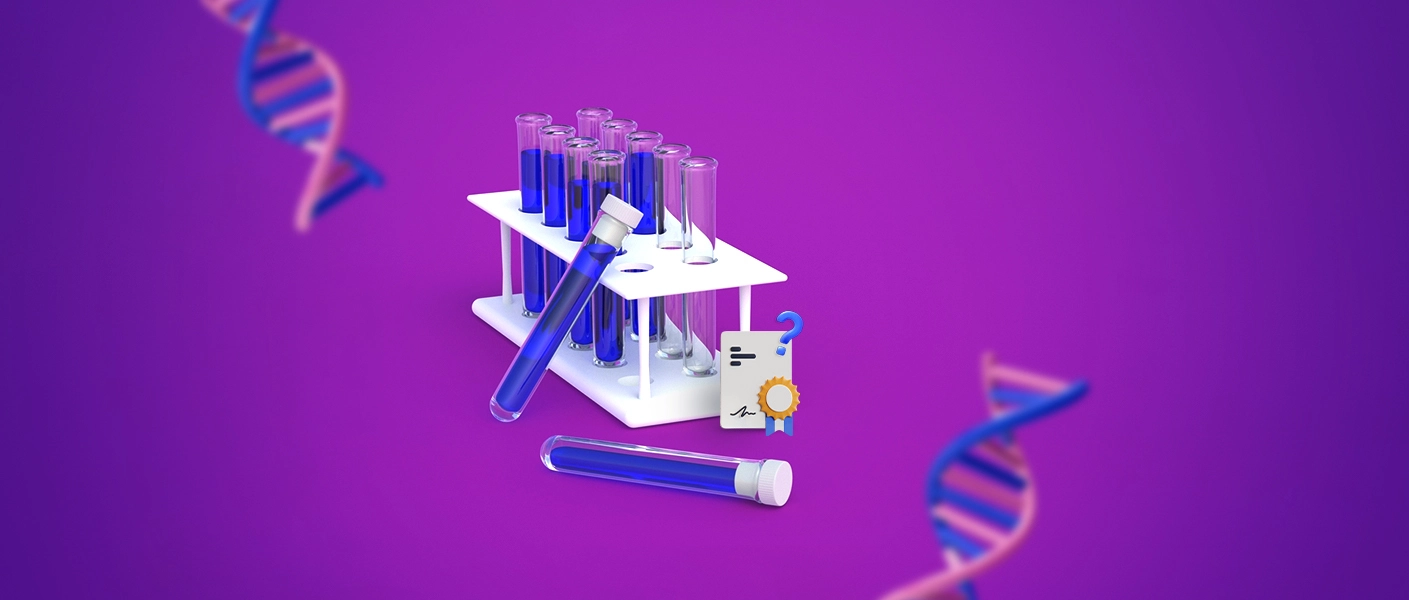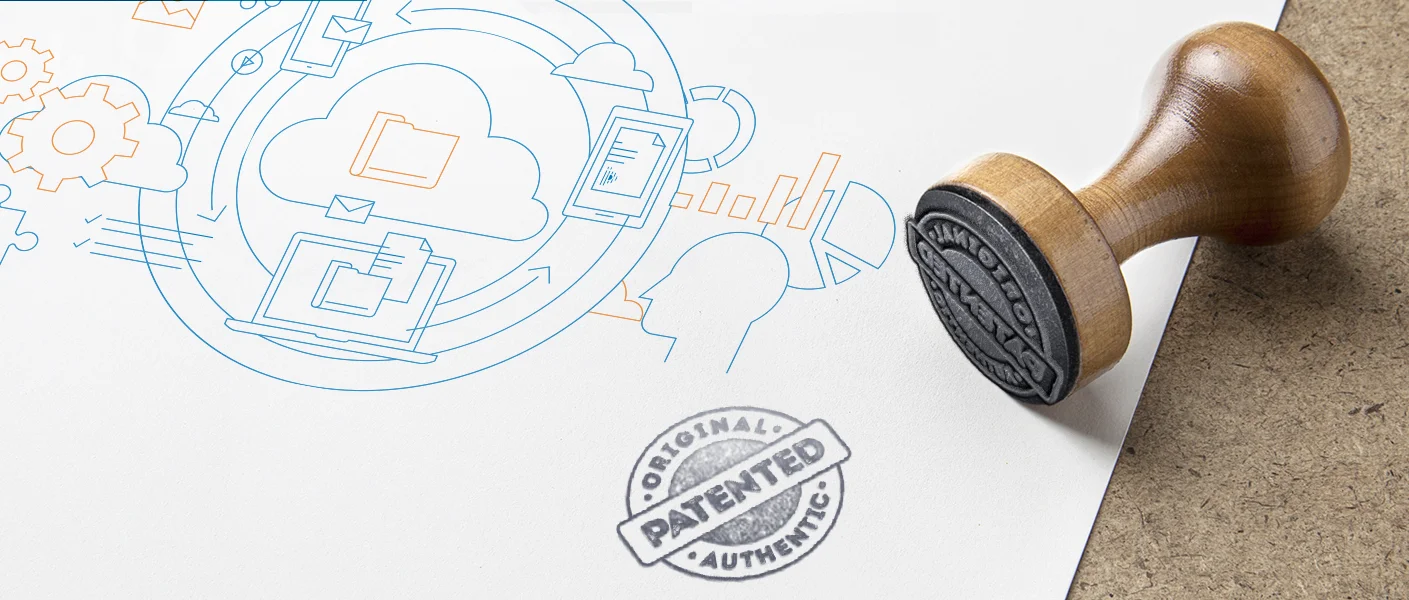What exactly are biotechnology patents and how do they work?
May 18, 2022 By Khyati DaveThe products we use or enjoy every day are the results of biotechnological advancements. From the vaccines people take to the flavour of cheeses they savour, most of the things today involve the use of biotechnology.
Biotechnology is an amalgamation of biology - the natural science and technology - engineering science. It uses biological systems, living organisms, cells or their parts to create technologies that benefit life on earth. The main purpose of biotechnology is to develop products in the pharmaceutical, agricultural, industrial and environmental areas. When a new thing is developed in the biotechnological field, it needs to be patented before someone else tries to copy it.
There are mainly four types of biotechnology -
- Medical Biotechnology
- Industrial Biotechnology
- Environmental Biotechnology
- Marine Biotechnology
Biotechnology in the medical field is used to develop new drugs, diagnostic kits, vaccines, healthcare devices, biologics, etc. Medical biotechnology is a hope for humankind to treat incurable diseases. The share of Medical Biotechnology patents is higher than other kinds of patents with rapid technological advancement in the health sector.
Some uses of biotechnology in various fields:
- Recombinant insulin for diabetic patients
- Stem cell treatments
- Gene therapy for the treatment of gene disorders
- Pharmacogenomics to see the drug response in patients
- Mapping of human DNA
- New construction materials
- Manufacture beer and wine with fermentation
- Create washing products and personal products
- Produce Biochemicals for the improvement of health
- Use of plant-derived chemicals to reduce the use of fossil fuel
- Use of genetic engineering to create the desired quality of crops
- Exploiting marine resources to develop drugs and industrial products
What exactly are biotechnology patents?
Humans are an intelligent race. From creating a lightbulb to creating rockets, they have not only brightened the days of their human race but also made humans go beyond their planet. Moreover, with cloning, humans are becoming the supreme power of the earth itself. To your knowledge, cloning is a part of biotechnological engineering.
When a new thing is developed in the biotechnological field, it needs to be patented before someone else tries to copy it. A patent law firm helps in keeping the inventor’s name on the innovative product with its professional expertise and deep knowledge of the whole process. Many do not understand the importance of Biotechnology Patent Registration, and as it is, the process of biotechnology patents is already an intricate affair.
Why is obtaining a biotechnology patent not easy?
Only an experienced patent attorney can help simplify the complexities of biotechnology patents, as the Patents Act in India has a lengthy list of inventions that are not patentable, which also includes the provisions related to biotechnology patents.
Which inventions are non-patentable?
- The discovery of any new living organism in nature is not patentable. This criteria also includes species of animals and plants or anything that is a part of these living things like seeds etc.
- Embryonic Stem Cells are excluded from the patentability criteria
- Processes for any kind of medicinal, surgical, curative, prophylactic, diagnostic or therapeutic or other treatment of human beings or animals to render them free of disease or to increase their economic value or that of their products
- Multicellular organisms which are genetically modified are not patentable
- Methods of agriculture or horticulture
- In-vivo diagnostic procedures are not patentable
The non-patentability clauses to contemplate before applying for a biotechnology patent
Section 3(a)
An invention which is frivolous or which claims anything obviously contrary to well established natural laws
As mentioned in Section 3(b), the invention must not be immoral or against the public order or harmful to any human, animal, plant, or the environment.
Section 3 (f)
The mere arrangement or re-arrangement or duplication of known devices each functioning independently of one another in a known way.
Section 3 (i)
Any process for the medicinal, surgical, curative, prophylactic [diagnostic, therapeutic] or other treatment of human beings or any process for a similar treatment of animals to render them free of disease or to increase their economic value or that of their products.
Section 3 (p)
An invention must not be a traditional knowledge or a duplication of known properties or components.
Fundamental requirements to keep in mind while applying for a biotechnology patent
- The invention must be patentable and not fall under the list of restricted matters, or omitted lists mentioned in the patents act.
- The invention must have industrial applicability. By applicability, it means that the biotechnological invention of the inventor must have its use in any industrial application and can be reproduced with similar characteristics.
- Though the novelty of biotechnological inventions does not have specific provisions in the patents act, and most biotechnological inventions are products of nature, the invention must possess the quality of novelty to qualify as a biotechnology patent.
- The invention of the inventor must have an inventive step. Inventive step Section 2(1)(ja) of Indian Patents mentions the definition of Inventive step as:
1. A feature of technical advancement compared to existing knowledge
2. Having economic significance
3. Having both the features mentioned above
- A detailed specification of the invention is required to let any other skilled person make use of the invention by referring to the provided specification.
- The application shall disclose in the complete specification the source and geographical origin of the biological material if any used in the invention.
- The patent application relating to Nucleotide and Amino Acids should disclose the sequence listings.
- If the invention as disclosed in the patent specification uses the biological material obtained from India, the applicant is required to submit permission from the National Biodiversity Authority. (Section-6 of the Biological Diversity Act, 2002)
The procedures for preparing and filing biotechnology patents are tedious and require proper guidance for appropriate submission within the timeline.
Biotechnology patent registration is a complicated process and not a DIY project. When patentees attempt patent registration on their own, the patent applications get rejected, or the patentee loses their complete claim over their invention from which the competitor benefits. The patent registration process through a patent law firm will give you more insight and help you get the patent faster.
Are you wondering about what is patentable?
A patent attorney is aware of provisions mentioned in the patent act, has thorough knowledge about biotechnology patent registration and can guide you by giving appropriate examples of rejected and accepted claims of biotechnology patents. Parker & Parker can help you with biotechnology patents. Let us know your queries on https://www.parkerip.com/contact-us/





